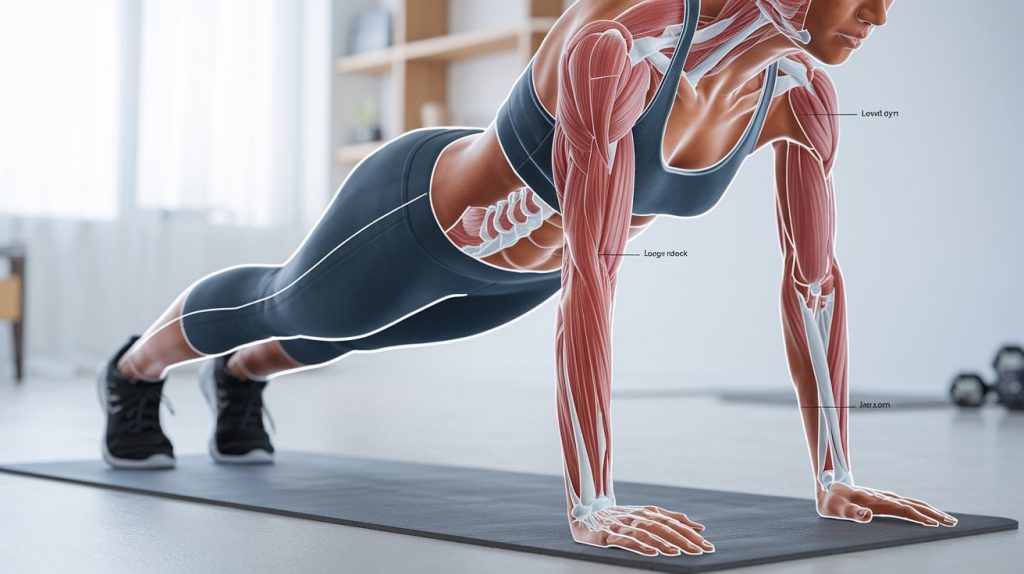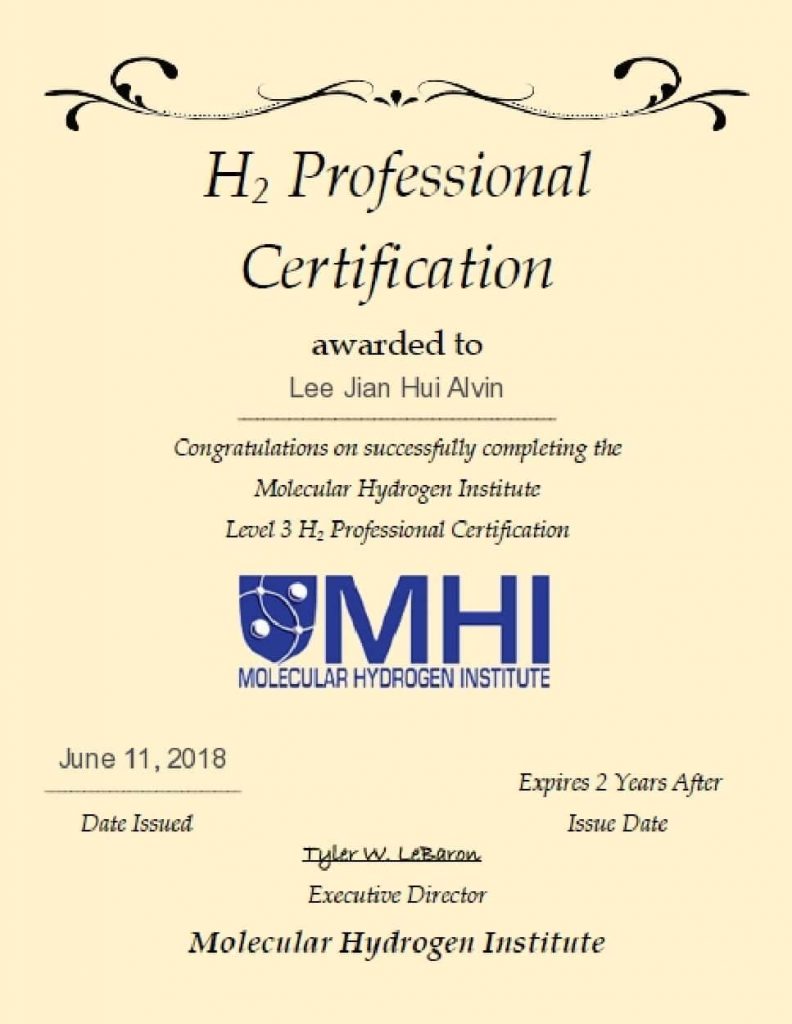The pandemic era was a challenging time for many, with restrictions, lockdowns, and social distancing, which often led to a more sedentary lifestyle. As we transition back into a more active world, many are feeling the effects of prolonged inactivity. The need for post-pandemic fitness recovery is undeniable as people seek to regain strength, flexibility, and stamina that may have been lost during these trying times.
In this article, we’ll dive into strategies designed to help you bounce back stronger than before, with practical advice on mobility exercises, stretching, and rebuilding overall physical health.
The Importance of Mobility After a Sedentary Period

After spending months at home, our bodies have adapted to less movement, which can lead to joint stiffness, muscle weakness, and poor posture. It’s crucial to restore mobility to ease these effects and get back on track.
Mobility exercises focus on improving the range of motion in your joints and muscles, reducing tightness and increasing flexibility. One of the best mobility exercises to start with is the hip flexor stretch, which helps to combat the stiffness that comes from sitting for long periods. Other great options include shoulder rolls and neck stretches to alleviate tension in areas that may have become rigid from hours of desk work.
Restoring Flexibility: Stretching Techniques That Work

Regular stretching plays a significant role in post-pandemic fitness recovery, especially as muscles may have shortened and become tight due to lack of movement. Integrating dynamic stretches before workouts and static stretches after exercise is vital for improving flexibility and preventing injuries.
Simple stretches, such as hamstring stretches, quad stretches, and calf raises, should be done daily to restore the flexibility that may have diminished during the pandemic. Remember, the key to effective stretching is consistency. Try to hold each stretch for at least 30 seconds to allow your muscles to lengthen and relax.
Strengthening the Core: The Foundation for Post-Pandemic Recovery

One of the areas most affected by a sedentary lifestyle is the core muscles, which include the abdominals, lower back, and pelvic muscles. Strengthening these muscles is essential for better posture, stability, and overall strength.
Planks, bird dogs, and pelvic tilts are excellent core exercises that can help activate these muscles after being underused for so long. Incorporating these exercises into your routine will not only help improve your posture but also reduce back pain and prevent injuries in the long term.
Cardiovascular Health: Regaining Stamina

After a period of inactivity, cardiovascular health is often the most challenging area to improve. To rebuild stamina, focus on low-impact cardiovascular exercises such as walking, swimming, or cycling. These activities can gradually build endurance without putting too much strain on the joints.
Start with 10-15 minutes of steady activity and slowly increase your duration as your fitness level improves. According to the American Heart Association, it’s recommended to aim for at least 150 minutes of moderate-intensity aerobic activity each week to maintain good cardiovascular health.
Strength Training: Rebuilding Muscle Tone

Strength training is an essential part of post-pandemic fitness recovery. During periods of inactivity, muscles lose tone and strength. To combat this, incorporate bodyweight exercises such as squats, lunges, and push-ups into your routine. These exercises target major muscle groups and are effective for rebuilding strength.
If you’re ready to progress, consider adding resistance bands or dumbbells to increase intensity. Just remember to start slow and gradually increase weight and repetitions to avoid injury.
Recovery and Rest: A Vital Component of Fitness

While exercise is key to post-pandemic fitness recovery, rest and recovery should not be overlooked. Adequate sleep and active recovery days are crucial for muscle repair and injury prevention. Aim for at least 7-9 hours of quality sleep each night, and on your recovery days, focus on gentle activities like yoga or walking to keep your body moving without straining it.
By taking a holistic approach to post-pandemic fitness recovery, you can gradually regain strength, flexibility, and stamina. Start slow, stay consistent, and focus on mobility exercises, stretching, and strength training to restore your physical health and set yourself up for long-term success.



